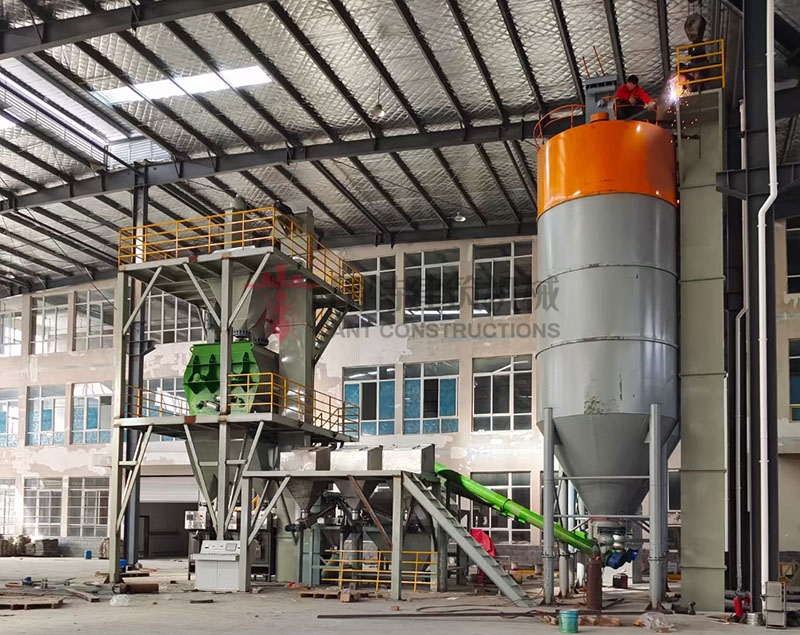History, Development and Advantages of Dry Mix Mortar
Author:ANT CONSTRUCTIONS Comefrom: Createdate:2022/3/27 9:07:51 Hits:437
History, Development and Advantages of Dry Mix Mortar

The prototype of mortar technology
Mineral binders such as cement, lime or gypsum have been used as masonry mortars and rendering mortars for more than 8,000 years in the construction of buildings. Until the middle of the last century cement based mortars were prepared by mixing cement, sand and water in the appropriate ratio by hand at the jobsite, referred to as job-site mixing technology. The quality of the job-site mixed mortar depended on the quality of the raw materials and the correct blending ratio which could not be controlled easily. Under these conditions the quality of the mortars produced by job-site mixing technology cannot be guaranteed.
The development of Dry Mix Mortar
In the 1950’s factory pre-mixed mortars commonly known as dry mortar technology were introduced which revolutionized the construction industry. The major advantages of materials made with dry mortar technology are that they are produced in a dry mix mortar plant by mixing together all necessary raw materials such as mineral binders, aggregates and chemical additives including cellulose ethers and redispersible polymer powder. This helps to guarantee the quality of dry mix mortars in order to provide the end user with the same consistency and quality every time.
During the 1950’s in Western Europe and particularly in Germany there was a huge demand for new building technologies. The main drivers for these developments were:
1. more efficient construction practices to offset the increase in labor cost
2. mortars suitable for specific applications and
3. increased demand for better quality
The major trends that we observe worldwide which are influencing growth of dry mix mortars are:
the replacement of the job-site mix practices with mechanization and automation of manufacturing
changes in transport and application of mortars
meeting the demands of new construction techniques by modifying the mortars with additives such cellulose ether, redispersible polymer powder or admixtures etc.
The Advantages of Dry Mix Mortar
The technical and commercial benefits of dry mix mortars are well understood and accepted in the construction industry. The list below provides a summary:
Improved quality and consistency
Less storage space
Ease of handling – just add water
Very low wastage of material at the site
Low dust formation
Ease of application
High efficiency – faster and quicker construction possible
Helps ensure application safety and reliability
Less consumption of cement due to thinner layers
Optimum use of material
Special properties possible with additives







